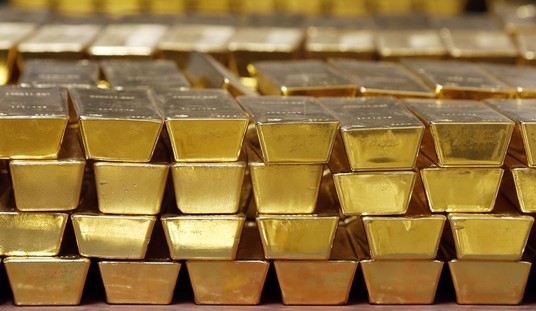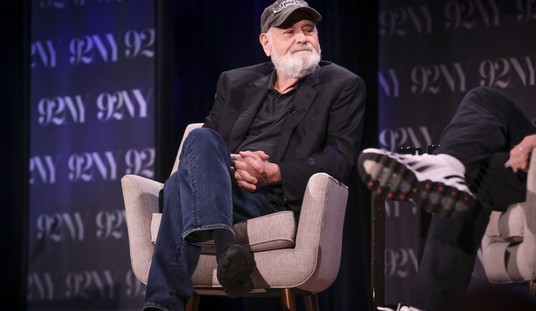To paraphrase the brilliant University of Chicago economist John Cochrane, when faced with a deficit, governments have a choice: either to grow or to inflate. I don’t need to tell you that my fellow Chicagoan, advised by big-government Keynesians, has consciously and resolutely chosen the latter.
History will ultimately decide whether QE2 and the Obama administration’s decision to inflate our way out of the Great Recession was right or wrong. I happen to think it was the wrong decision, but regardless, it’s the condition we’re in now and we must react accordingly. I’m an old-time trader, so my reaction is to look at the markets.
And when I do, I see a lot of reasons to be optimistic.
I see a market that has become disconnected from the U.S. economy and continues to grind its way up. I also see a market that essentially shrugged off three black swan events (the Japanese earthquake/tsunami, the so-called Arab Spring and the Greek debt crisis) that ordinarily would have driven prices down 10-20%. And I see a market that is poised to feed the expansion of multiples throughout the remainder of 2011.
Since tax ambiguities were cleared up in late 2010 and the secular bull market came to an end, American corporations have proven to be fundamentally sound and financially stable. Earnings remain strong, and U.S. multinationals are sitting on hoards of cash. First-half 2011 merger and acquisition activity came in at nearly $1.5T, putting us on pace for $3T by year’s end. Friday’s jobs numbers disappointed a lot of people, but I believe we’ll continue to see steady improvements in employment through the rest of the year.
This is not because of the Obama administration’s policies. It’s in spite of them.
As my fellow Chicagoan continues to attack corporate jets and fat-cat bankers, corporate America ironically finds itself leaner and meaner than ever before. The skeleton crews they’ve been operating with the last few years have led to greater efficiency. The M&A pickup is just the tip of the iceberg—these corporations have capital in their coffers, and we’re starting to see that money move.
Recommended
At the same time, structural headwinds that the economy faced are beginning to fade. The era of tax ambiguity, ultra-regulation and overly protectionist measures—what I had been calling Taxulationism—appears to be behind us. The pro-business Bill Daley is now Obama’s top advisor, and the idealistic liberal in the Oval Office seems to move closer to the center with each falling approval point. It’s cynical Machiavellian politics, of course, but it’s something.
When all this is taken together, it looks to me like we’ve finally turned a corner. After years of capital preservation—keeping the powder dry—investors may no longer be able to afford to be risk-averse. With a global growth story intact and inflationary pressure working its way into the markets, now may be the time to load the muzzle—to take advantage of relative value and accumulate positions. A Growthflation scenario is upon us, and it could be the driving force behind a rally of historical proportions.
The last time that Keynesians decided to inflate us out of an economic downturn was during the Great Depression. In 1932, soybeans were 44 cents/bushel. By 1952, they were $4.50. Around the same time, 1932, the stock market finally bottomed. From 1932 to 1937, the Dow Jones Industrial Average went from 41 to over 194.
From 1932 to 1937, U.S. equities nearly quadrupled in value.
From 1932-1952, it took ten times the amount of U.S. dollars to buy the same bushel of soybeans.
Think about that.
Today, as then, investing may be more than just a matter of maintaining purchasing power parity. It may be a matter of financial survival.
In terms of asset allocation for the rest of 2011, I’m looking at being short bonds and buying S&P, Russell and NASDAQ while they’re still relatively cheap. If for some unforeseen (and unlikely) reason the market disappoints and the Fed answers with QE3, I’m looking to buy everything. This sale won’t last forever, folks—I want to get there before it’s picked over.
Despite more than 2 years of questionable decisions and failed policies from my fellow Chicagoan, we remain on the brink of a golden age of capitalism. There is value in the market, and there is optimism in the air. Earnings season will not disappoint and the employment situation will continue to improve, lifting housing and retail along with it.
Try as he has, my fellow Chicagoan cannot destroy the American entrepreneurial spirit. Like we used to say in the trading pits, the tape doesn’t lie.

























Join the conversation as a VIP Member